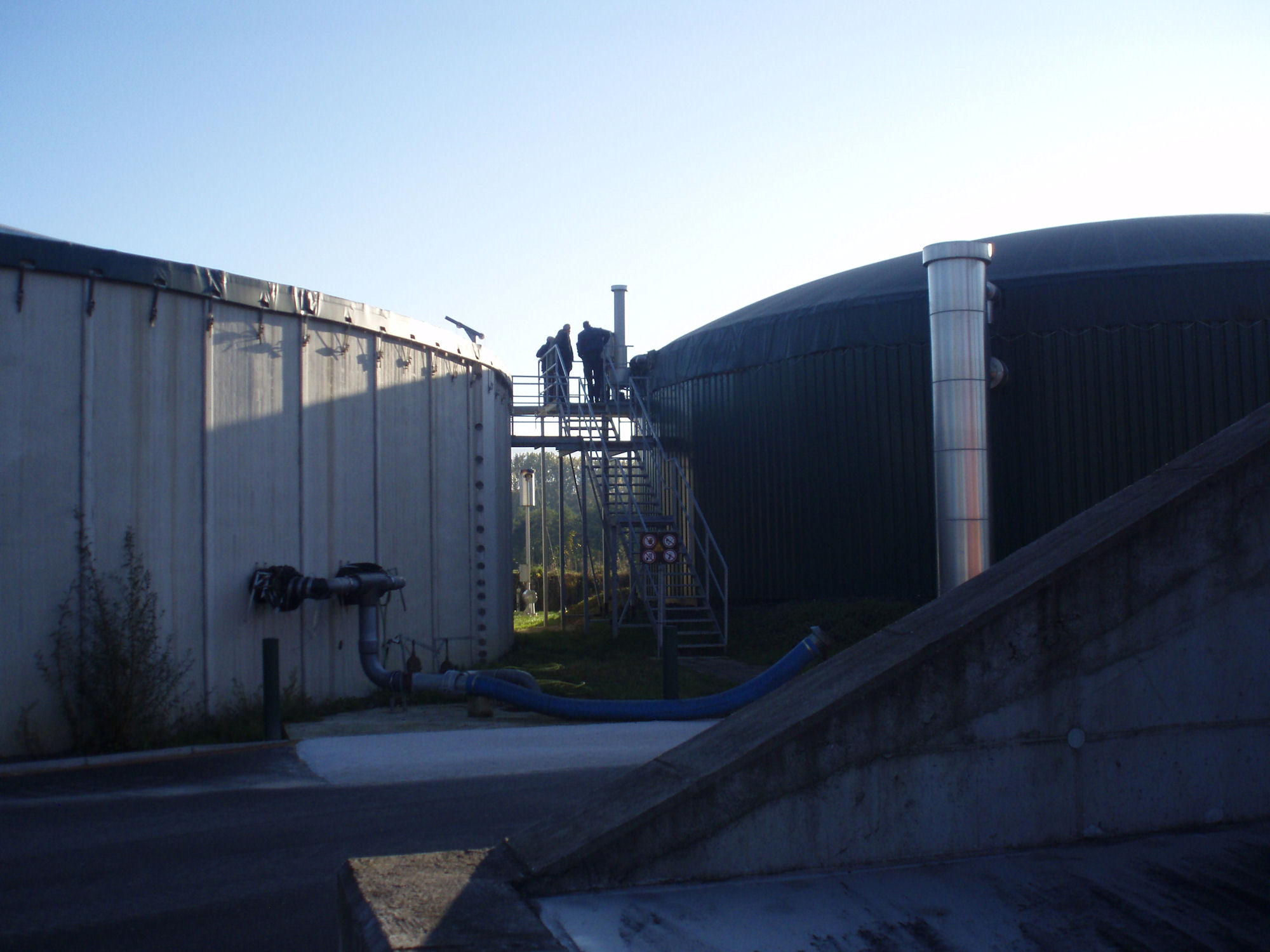
Increasing demand for sites for Anaerobic Digestion (AD) plants could see farmers and landowners across the country being approached by developers looking to build a plant on their land - providing the farmer with a significant rental income.
At least 8 well funded AD developers are currently looking for sites throughout the UK to build 1.5 - 2MW plants, offering farmers in the region of £50,000 - £75,000 per annum to rent the site. With AD development unviable for many farmers due to the high initial capital outlay of £1.5 – 10 million, this could be seen by many as ideal opportunity to earn an additional income from renewable energy without committing any capital.
Henry Sale, Managing Partner at Fisher German, comments "These AD developers will fund a project from its inception through to its finish and pay the farmer a significant rent. A typical lease for an AD plant site is for 25 years with starting rents in the region of £50,000 to £75,000 per annum and between 2% and 4% thereafter for a 2MW site.
"As an AD plant of this size would take in the region of 12 months to build, from planning through to the completion of a fully functioning plant, it provides an excellent opportunity to gain additional income for your farm in a short period of time.
"The majority of the gas and the electricity that will be produced will be sold by the developer back to the grid, however, depending upon the deal the farmer can get, they could possibly use some of the heat and electricity produced on their own farm. The developer will also collect the Feed-in-Tariff payments and then pay the farmer a substantial rent."
There is a range of criteria that developers look for when deciding if a site is suitable:
• Up to 5 acres
• Good road access particularly within 10 miles of accommodation
• Proximity for both electricity and mains gas grid connections
• Available land for energy crop production
• Land for spreading digestate
Anaerobic Digestion is a highly effective way of producing biogas and energy by processing livestock manures and slurries. It is often combined with energy crops such as silage to boost the methane output - maize silage for example produces 10 times more methane than the equivalent weight of slurry.
Henry Sale advises "If you have been approached by a developer or think you have a site that might a suitable then I would advise getting the correct professional advice as soon as possible."
